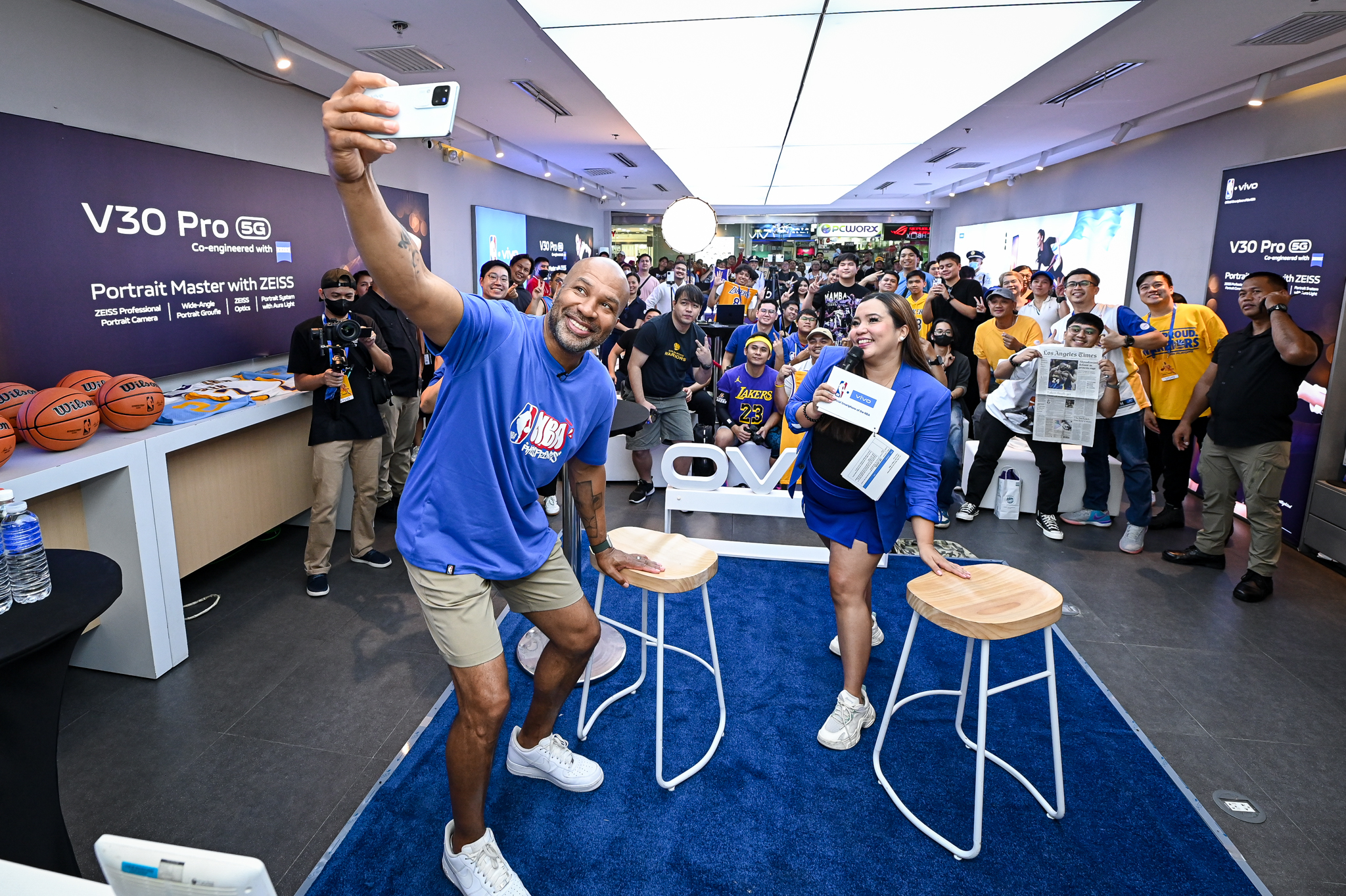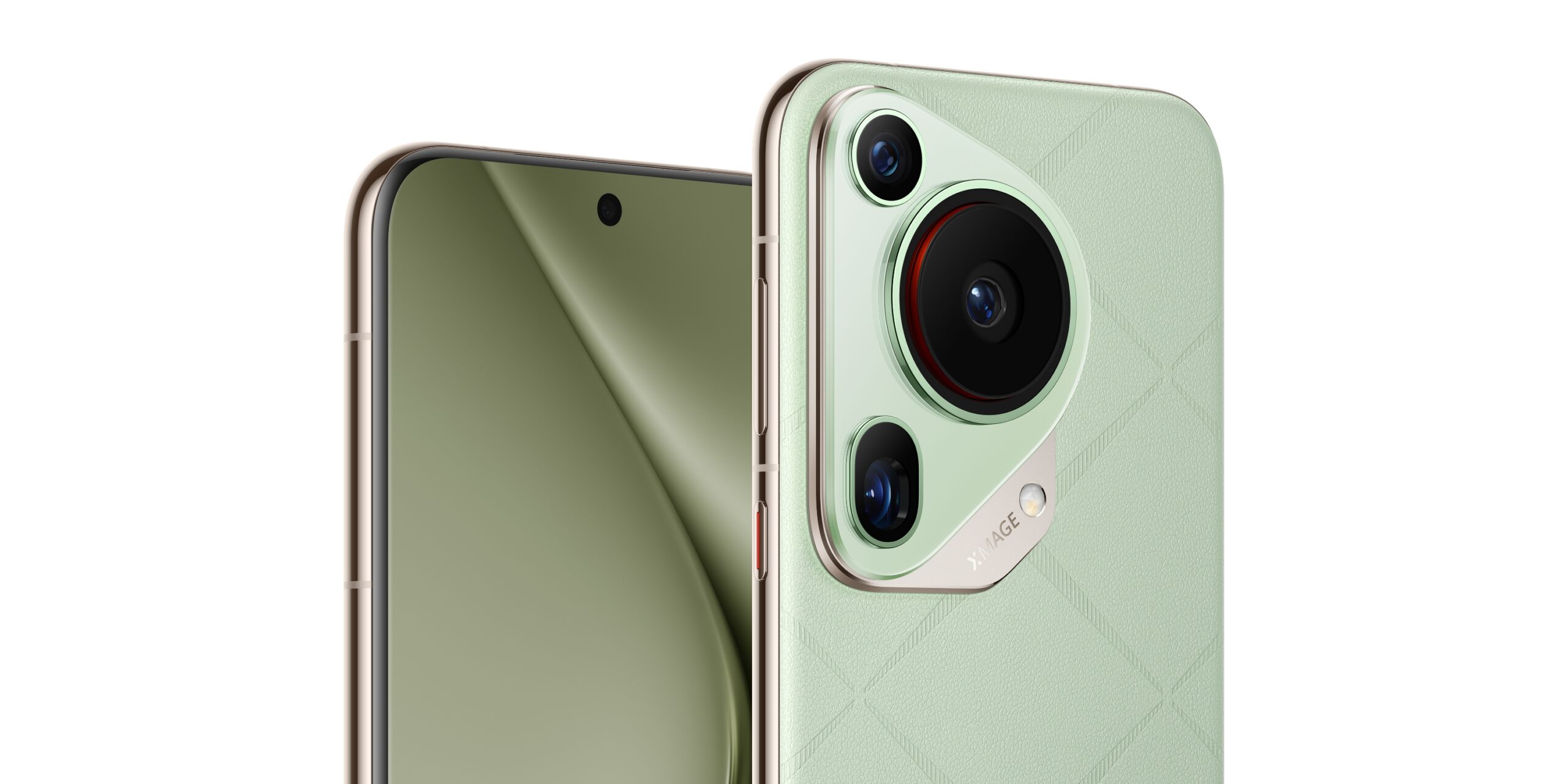We review Lenovo’s Vibe Shot!
Today we review Lenvo’s Vibe Shot, the Chinese company’s smartphone/camera hybrid. While the concept behind the Vibe Shot isn’t new – Samsung’s been doing it for years with their K Zoom and Galaxy Camera – but Lenovo’s trying to do it in a way that doesn’t compromise the phone part of the equation. The Vibe Shot certainly looks promising as a phone, but is it any good as a camera? Let’s find out:
Lenovo Vibe Shot specs
- 1.7Ghz octa-core Qualcomm Snapdragon 615 processor
- 3GB of RAM
- 5-inch full HD display, Corning Gorilla Glass 3 protection, 1920 x 1080 resolution
- 32GB of storage, expandable via microSD up to 128GB
- 16-megapixel rear camera with OIS, IR laser AF, triple LED flash
- 8-megapixel front facing camera
- Dual-SIM
- 3G, LTE
- WiFi, Bluetooth, GPS, A-GPS
- Android 5.0 Lollipop
- 2900mAh battery
Designed like a point and shoot
To make a phone feel like a point-and-shoot, it has to first look like one. The Vibe Shot manages to the just that, with a design that kind of resembles Sony’s TX cameras. The build quality is superb, much like Lenovo’s other phones, and the Vibe Shot sports a aluminum frame with chamfered edges, with Gorilla Glass 3 protection on both the front and back of the phone.
The front of the device is dominated by the 5-inch display, along with the 8-megapixel wide angle front facing camera. The phone uses a full HD panel along with on-screen Android navigation buttons. The bezels on the side of the display aren’t bad, though we can’t say the same for the ones that border the bottom and top – despite having a 5-inch display, it’s noticeably taller than most other 5-inch phones in the market today, and is even slightly bigger than the Motorola Moto X that we have, despite the latter having a 5.2-inch display.
Both the microSD expansion slot and SIM slots are located on the left side of the phone, while all the controls (volume rocker, power button, shutter button and auto/manual switch) are all located on the right. The buttons are placed in such a way that when you use the Vibe Shot and orient it in landscape mode like a typical point-and-shoot, the buttons are all on top, mimicking the traditional control layout of a point and shoot. The 3.5mm jack is located on the top, while the bottom holds the micro USB port, which is flanked on both sides by the holes for the speaker.
Like we said earlier the Vibe Shot uses a full HD IPS display, protected by Gorilla Glass 3. The display has excellent color reproduction and punchy colors, exactly what you’d want from a device that puts imaging front and center. Viewing angles are also excellent, no doubt because of the IPS display. Sound output from the speakers is loud and clear, partly thanks to the placement of the speakers on the bottom of the phone.
Just like Lenovo’s more recent offerings, the Vibe Shot utilizes Android 5.0, though you wouldn’t really notice that because of Lenovo’s Vibe UI that’s layered on top. We’re not particularly big fans of the Vibe UI (it makes it look like too much like an iPhone) but it does give you customization options to help you differentiate your phone from the crowd.
Plenty of grunt under the hood, thanks to 3GB of RAM and the Snapdragon 615 processor
Lenovo’s stuffed a Snapdragon 615 processor inside the Vibe Shot and paired with 3GB of RAM to ensure smooth operation and use. This hardware matchup proved extremely capable during its time with us, managing to power through apps without any lags or issues whatsoever. While the Qualcomm’s Snapdragon 615 processor isn’t what you’d call a screamer, it is more than enough for casual users and people Lenovo are trying to attract with the Vibe Shot, scoring a respectable 38342 in AnTuTu. Games like Marvel’s Future Fight ran well but still lagged when multiple enemies (and a lot of action) was on the screen. It’s not quite as good as ASUS’ Zenfone 2 when it comes to gaming, but it’s more than adequate. If you’re ever torn between the two, know that the Vibe Shot is aimed towards a better camera experience over gaming performance.
We also have to note that while the Vibe Shot got warm once in a while, it never got uncomfortably hot enough to stop us from using it.
Camera is great, though there are some features that should’ve been put in
Time to get to the nitty gritty of the Vibe Shot: the camera. The Vibe Shot uses a 16-megapixel rear camera, with BSI and an IR laser focus system as well as a triple LED flash for more natural looking photos in the dark. Because of this focus on imaging (and the company’s marketing push behind the Vibe Shot as a imaging-focused device) you’d expect that the phone is an imaging beast.

Well, yes and no. One of the things that we really liked with the Vibe Shot was its capability of taking really good photos compared to the cameras of phones in the same price range. Images shot in plenty of light has plenty of definition and excellent, crisp focus, as well as good color reproduction. Images shot in low light and in artificial lighting are still pretty good, though colors are sometimes muted.


The issues start with the manual shooting mode of the camera, which you can switch to by, well, flicking the switch on the side of the Vibe Shot. Once in manual mode, you’re given the options to mess with several settings, including focus, white balance, shutter speed, ISO and exposure compensation. Unfortunately, you’re not given a preview of some of the settings (mainly shutter speed and ISO) so you won’t have an idea what your shot will look like until you actually take it. We also found it weird that some of the shooting modes are only available through manual mode – things like blurred backgrounds, Artistic HDR and so on.


Speaking of HDR, we’re not particularly impressed with the one in the Vibe Shot, and only serves overly saturated shots that we’re not particularly fond of. We’re also quite surprised that there’s no way to save photos shot as RAW files for tinkering later.
A battery that will last until the next day
Say what you want about the Snapdragon 615 processor, but there’s no questioning that it’s a power efficient SoC. It manages to score 5 hours and 14 minutes on PCMark’s battery benchmark, but actual use was a bit longer. We easily passed a day’s worth of battery with moderate use, with enough left over until noon the next day before it was fully discharged.
Verdict: A decent phone with a great camera, but won’t replace your dedicated camera
Lenovo’s Vibe Shot tries hard to deliver a great camera experience without sacrificing the phone part of the experience. While Vibe Shot manages to fulfill the phone part well enough, it falls short of delivering the performance that dedicated cameras are capable of.If Lenovo manages to fix some of the issues we mentioned (lack of live preview in some shots, over-saturated HDR and capability to shoot in RAW) then maybe it’ll be a good choice for budding mobile photographers. As it stands, it’s a decent phone with an above average camera – and doesn’t offer anything beyond that.
The Vibe Shot is available in Lazada for Php Php16,999, and in offline stores for Php 17,999.
















